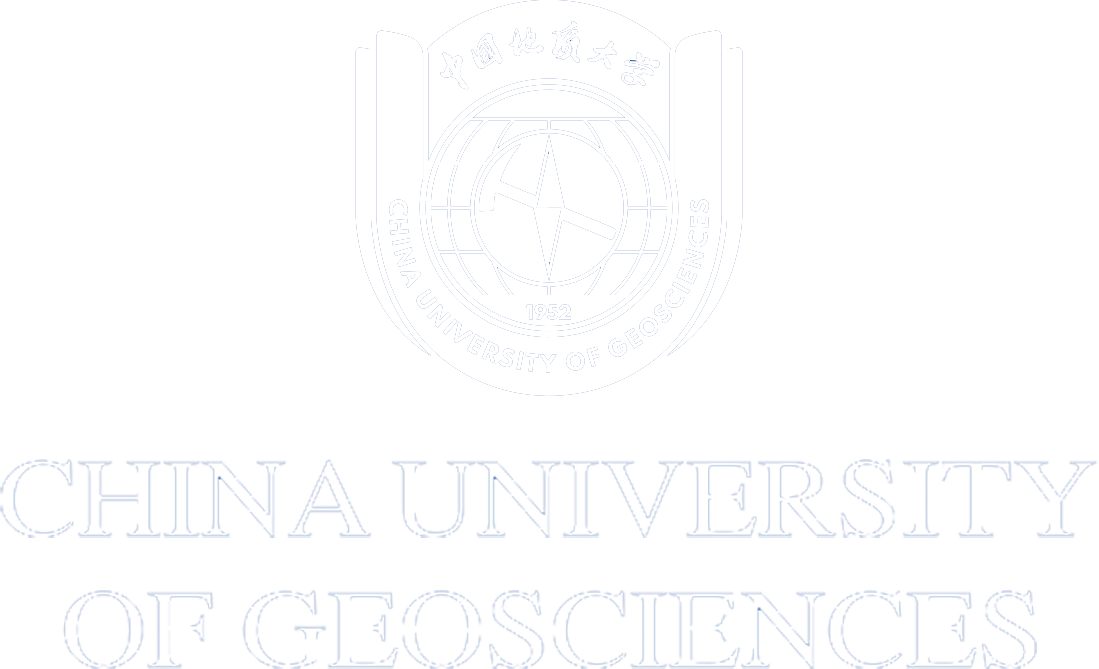Abstract
A weak middle crust induced by fluid phases is generally considered to exist beneath the Himalayan-Tibetan orogen; however, there remains controversy regarding the interpretation of high-conductivity and low-velocity regions imaged in various geophysical studies. To better understand middle crustal rheological behaviors and associated triggering mechanisms beneath southern Tibet, we present a geoelectrical model derived from a three-dimensional magnetotelluric inversion in this study. An effective conductivity of 0.3 S/m at depths of 10–28 km indicates a high melt fraction of ~35 vol% in the Lhasa terrane. In the Tethyan Himalayan orogen, an effective conductivity of <0.2 S/m corresponds to a melt fraction <15 vol%, which is lower than previous estimations. We obtain very low viscosities either from laboratory data (1010–1012 Pa s) or empirical models (1016–1018 Pa s). A combination of radiogenic heat and strain heating may account for the weakened middle crust. We prefer a weak coupling between crustal east-west extensions and mantle lithospheric deformations.
Plain Language Summary
The Tibetan Plateau is the largest and most recent orogenic plateau on Earth. In southern Tibet, the Lhasa terrane and Himalayan orogen are generally considered continental margins of the Indian-Eurasian continental collision. Previous geoscience studies have suggested a weak crust in these regions. Why and how the crust was weakened is yet unknown. Using magnetotelluric data observed in southern Tibet, we present a three-dimensional subsurface resistivity model in this study. We further obtain melt fractions in the middle crust by using several approaches. Rheological behaviors derived from either laboratory data or empirical models suggest relatively weak regions beneath the Lhasa block and northern Tethyan Himalayan orogen. At a middle crust depth, we suggest that a combination of radiogenic heat and strain heating provides a heat source for the present partial melting. Finally, we suggest that crustal east-west extensions have a weak coupling with lithospheric deformations. We believe our study provides new insights, which would contribute to international debates on the mechanism of the weak crust beneath Tibet.
Article link: https://doi.org/10.1029/2021JB022435




 Address
Address
 E-Mail
E-Mail
 Telephone
Telephone